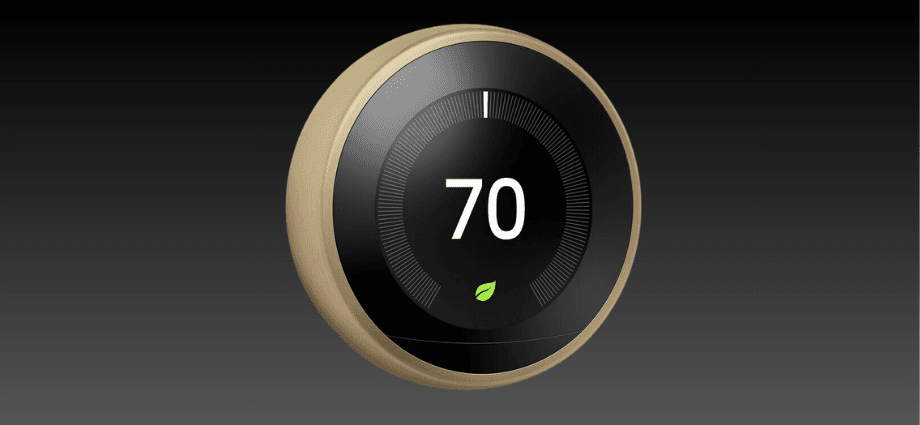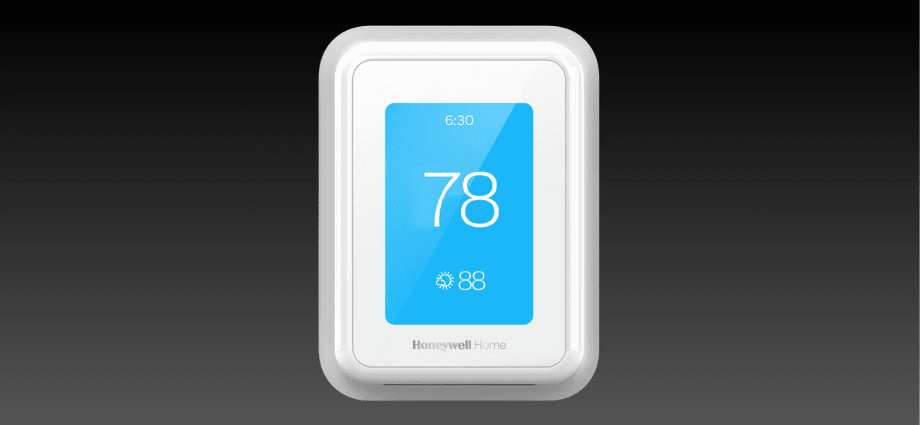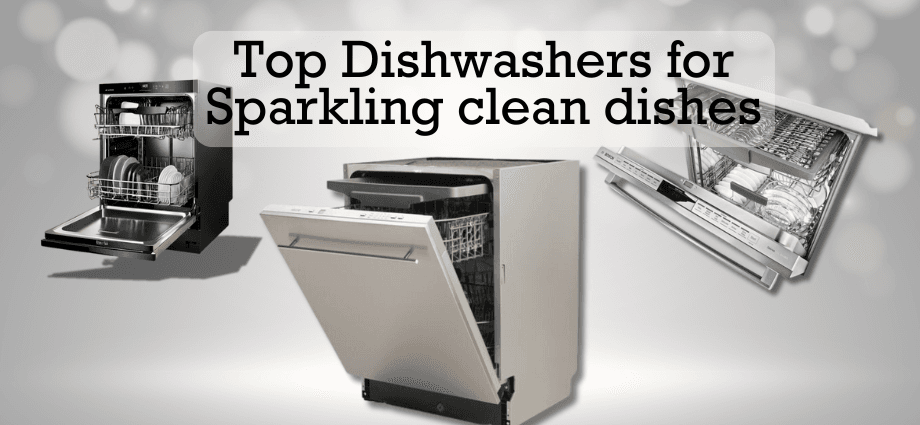As smart home technology continues to evolve, many homeowners are considering smart thermostats as a way to improve comfort, save on energy bills, and enhance their home’s overall efficiency. These advanced devices promise to offer control, convenience, and savings—but are they truly worth the investment? In this article, we’ll explore the benefits, drawbacks, and top models to help you decide if a smart thermostat is right for your home.
Benefits of Smart Thermostats
Smart thermostats offer a variety of benefits, making them an attractive choice for homeowners looking to boost energy efficiency and convenience. Let’s explore some of the key advantages.
Energy Efficiency and Cost Savings
One of the biggest selling points of smart thermostats is their ability to save energy, which translates into lower heating and cooling costs. By learning your daily schedule and adjusting the temperature when you’re not home, these devices avoid wasting energy.
For example, the Nest Learning Thermostat can save users up to 15% on heating and cooling costs annually. The Ecobee SmartThermostat offers similar savings and allows you to control the temperature remotely via an app, so you can ensure your home is always at the perfect temperature without unnecessary energy use.
Convenience and Remote Control
Another major benefit of smart thermostats is the convenience they offer. Whether you’re at home or away, you can control the temperature with just a few taps on your phone. This makes it easier to adjust your home’s climate before you arrive or even while you’re on vacation.
Many smart thermostats integrate with voice assistants like Amazon Alexa and Google Assistant, allowing you to control the temperature with simple voice commands. For example, you can say, “Alexa, set the temperature to 72 degrees,” and your Ecobee SmartThermostat will do the rest.
Enhanced Comfort and Customization
Smart thermostats also help keep your home at the ideal temperature at all times. Many models have built-in sensors or features like geofencing, which automatically adjusts the temperature based on your location.
For instance, the Honeywell Home T9 comes with room sensors that allow you to set the temperature differently in each room, ensuring a consistent and comfortable environment throughout your home. The Nest Learning Thermostat uses a similar learning feature, adjusting the temperature as it understands your preferences.
Potential Drawbacks of Smart Thermostats
While smart thermostats offer many advantages, they also come with a few potential drawbacks that should be considered before making a purchase.
Upfront Costs
Smart thermostats tend to have a higher initial cost compared to traditional models. Prices range from $100 to $250, depending on the brand and features. For example, the Nest Learning Thermostat is typically priced around $250, while the Ecobee SmartThermostat starts at $250 as well, though it comes with extra features like built-in Alexa support.
While these devices can save you money in the long run by reducing energy consumption, the upfront cost might be a barrier for some.
Installation Complexity
Although some smart thermostats are designed for easy DIY installation, others may require professional assistance, especially if your HVAC system is outdated or has an unusual configuration. For instance, models like the Ecobee SmartThermostat are generally easy to install for those with basic DIY skills, while the Nest Learning Thermostat may require additional wiring if your system doesn’t support certain connections.
If installation is difficult, you may need to hire a professional, which can add another $100 to $150 to the total cost of the device.
Privacy and Security Concerns
Smart thermostats collect data on your home’s temperature patterns, occupancy, and daily routines to optimize energy use. However, this data can raise privacy concerns, particularly if your thermostat is part of a larger smart home system.
For example, Ecobee offers models with built-in sensors that track occupancy, which helps the system adjust the temperature when you’re home or away. While this feature improves energy efficiency, it can also be a potential privacy risk if the data is not securely stored or shared.
Additionally, like all connected devices, smart thermostats are vulnerable to hacking if not properly secured. It’s important to set strong passwords and regularly update your device’s firmware to protect your home network.
Popular Smart Thermostat Models
There are several smart thermostats on the market, each with its own unique features. Here’s a look at some of the top models:
Nest Learning Thermostat
- Pros: Easy to use, energy-efficient, learns your schedule.
- Cons: Higher price point, professional installation may be needed for some homes.

The Nest Learning Thermostat is one of the most well-known models. It offers a sleek design and powerful learning capabilities. It can automatically adjust the temperature based on your schedule and preferences, and it is compatible with most home heating and cooling systems. The price typically ranges from $130 to $250, depending on the model and additional features.
Ecobee SmartThermostat
- Pros: Voice control, room sensors, energy-efficient.
- Cons: More expensive, additional sensors sold separately.

The Ecobee SmartThermostat is another highly regarded model. It comes with room sensors that help regulate temperature throughout your home, ensuring that different rooms remain at a consistent temperature. Additionally, it includes built-in Amazon Alexa support, allowing you to control it with voice commands. The price starts at around $250.
Honeywell Home T9
- Pros: Affordable, easy installation, good for multiple rooms.
- Cons: Fewer advanced features compared to Ecobee and Nest.

The Honeywell Home T9 offers a solid balance between price and functionality. It comes with geofencing and room sensors, which allow you to optimize your home’s temperature based on your location and specific room needs. This model is priced around $150 to $200, making it a more affordable option for those on a budget.
Are Smart Thermostats Really Worth It?
The decision to invest in a smart thermostat depends on your specific needs and priorities. While they offer significant energy savings and enhanced convenience, they also come with a higher upfront cost and potential installation challenges. Here are some key factors to consider:
Long-Term Savings vs. Upfront Cost
Smart thermostats can save you a significant amount on your energy bills over time. Many users report savings of 10% to 15% annually on heating and cooling costs. However, the higher initial cost of the device may take a few years to recoup through these savings.
Ideal Homeowners for Smart Thermostats
Smart thermostats are ideal for tech-savvy homeowners who are looking to improve their energy efficiency and comfort. They are particularly beneficial for households with busy schedules or for those who want more control over their home’s climate. However, if you have an older HVAC system or prefer simplicity, a traditional thermostat might be a better fit.
Conclusion
Smart thermostats can be a valuable investment, especially for those who prioritize energy savings, convenience, and home comfort. Models like the Nest Learning Thermostat, Ecobee SmartThermostat, and Honeywell Home T9 all offer unique features that can make managing your home’s temperature easier and more efficient. While they come with a higher initial cost and potential installation challenges, the long-term benefits can make them well worth the investment. Ultimately, whether or not a smart thermostat is right for you depends on your specific needs, home setup, and budget.



